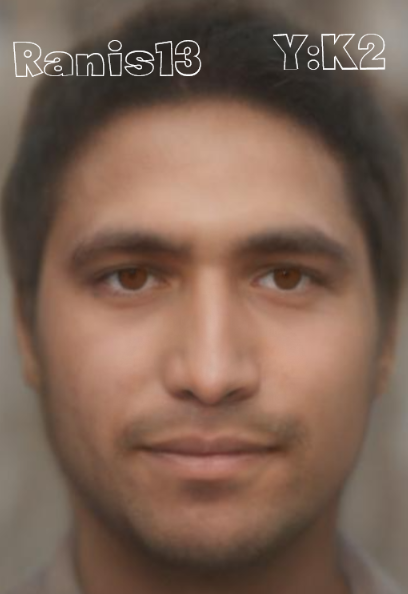
Ranis13 23andme format
Around 45,000 years ago, at the very edge of Europe’s Ice Age world, a group of early modern humans settled in what is now central Germany. Among their remains, archaeologists uncovered Ranis13. This DNA sample, dated to roughly 43,000–47,000 years ago, represents one of the earliest modern human genomes ever found in Europe.
Ranis13 belongs to the first wave of Homo sapiens who ventured into the continent, arriving not long after the initial expansion of our species out of Africa. Genetic analysis shows that these people lived at a time when modern humans and Neanderthals still overlapped, and in fact, Ranis13’s DNA carries long stretches of Neanderthal ancestry—evidence of very recent interbreeding only a few generations before.
DNA analysis reveals that Ranis13 clusters with South Indians and populations of South and Central Asia. It is typical for early West Eurasian samples to cluster with Indians. According to this GEDmatch calculator, the Ranis individual can be modeled as a 2-way mixture between south indians and Makrani Iranians.
I ran the sample through my trait predictor tool for DNA analysis.
